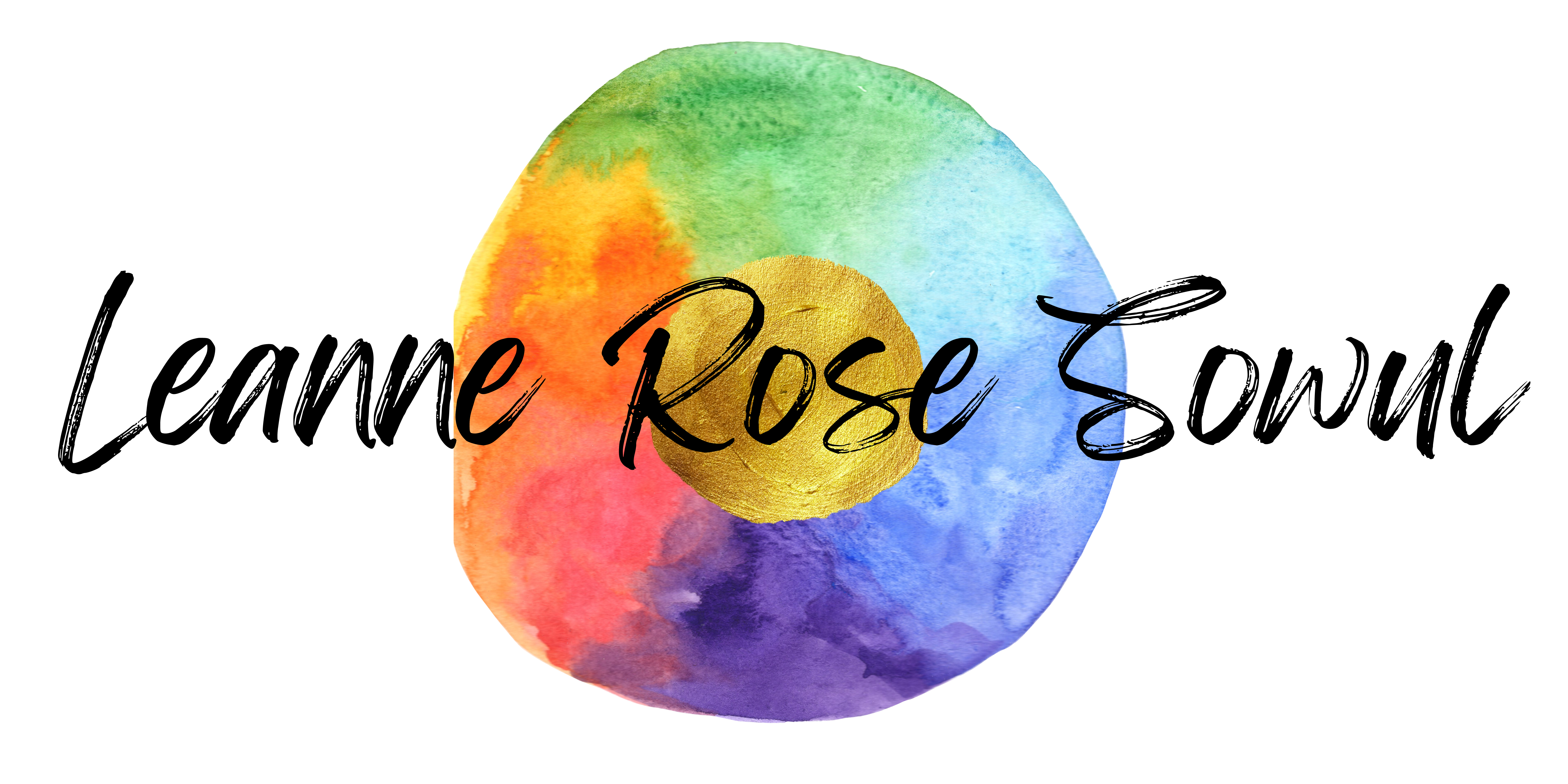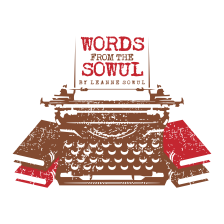When you want to get to know someone, what do you do?
Spend time with that person and ask questions, right?
You find out what she likes to eat for breakfast, what makes him mad, and what makes her laugh out loud. You work from the outside in, gaining insight into his true self as you go along.
But what if you were forced to suddenly be that person? To get inside her head and dictate her actions and words? Would you know enough about her inner self, simply by learning a series of facts about her? Would you be able to stay true to her personality?
Now imagine that you’re writing a novel. You want to understand your characters before you start, so you (very wisely) decide to do a “character study” on your principal performers. You write a list of questions like the ones above, designed to find out about the character. You use these questions to “interview” the characters, and through that process, you, the writer/creator, begin to solidify your idea of who these people are. You now know the character’s facts, fears, foibles and physical features.
You start writing. And then, just as in the above scenario, you are forced to be that person. You write in his voice. You decide how she reacts to other characters. You discover things about him through the process, and eventually, that simple Q&A character study seems like the tip of the iceberg, insufficient preparation for the task at hand.
Before I started my first novel, I went through that exact process. I was proud of the unique list of engaging questions I’d formulated for my characters. But multiple drafts later, I realized that I needed to go even deeper. I tried various gimmicks; finding a song to represent each character was one of my favorites. But the thing that finally made it all click and gave me the depth I craved was this:
I assigned my characters an MBTI.
I’m a little obsessed with personality tests, and the Myers-Briggs Type Indicator, a 4-component predictor of personal preferences, has always been my favorite. I took the test in college and discovered that I’m an INFJ, which is a rare type, estimated at 1-3% of the population. (I’m proud to be rare, which makes sense, because wanting to stand out is indicative of the type.) I’ve studied the psychology behind the test on and off for years, and always discovered new insights into myself. Recently, while reading Isabel Briggs-Myers’ book Gifts Differing, I realized I could also use the MBTI as a shorthand for my characters’ personalities. It tells me their strengths and weaknesses, their inner motivations and desires, and the lens through which they see the world. It makes getting inside their heads and making decisions for them much, much easier.
If you’re interested in learning more about MBTI, either for yourself or your characters, the Myers & Briggs Foundation is a good place to start. I also highly recommend Gifts Differing. A quick and very simplified shorthand of the components is listed below:
E or I stands for extraverted (drawing energy from people) or introverted (drawing energy from solitude).
N or S stands for iNtuitive (craving inspiration; imaginative) or sensing (craving enjoyment; observant).
T or F stands for thinking (rules with head) or feeling (rules with heart).
J or P stands for judging (decisive) or perceptive (curious).
Together, there are 16 unique combinations of these traits. That’s the perfect amount of options for your characters- not too few that they’d be over-similar, and not too many that it would be hard to assign a type.
Have you ever taken a personality test for yourself? Which one? Did you ever consider using personality tests to give depth to your characters?


I saw this as a Related Post on the “character / plot surprises” post and couldn’t resist reading it. 😀
I LOVE MBTI. I took the test for the first time during my freshman year of college and have been fascinated with it ever since. (I’m an ISFJ.) I don’t necessarily use the MBTI system when I start creating characters, but once I have an idea of what they’re like, I’ll use the test to find out their best MBTI fit. Then, like you, I go back and refer to those profiles to help me ensure that particular character is behaving or thinking consistently.
You know what’s interesting, though? As I’ve gotten older, I’ve learned how to use my weaker “functions” better. (Well, at least the N, T, and P – the E is still a struggle!) They haven’t dominated my stronger functions, but life experiences have taught me how to improve on them. Have you found the same thing?
MBTI is fascinating, isn’t it? I know people who say it doesn’t paint a full picture of one’s personality, and that every “label” should be a siding scale, but as long as you don’t hang the moon on your functions, I think it’s a healthy exploration of character.
I agree about using my weaker functions better. I try to be less “J” all the time, and I’m definitely less “I” at work- it’s easy to put on a role in front of students and become the extraverted, energetic teacher. I actually took the test again more recently and came up with INTJ, but it was a scaled-down version of the original test I took, and I still think I’m more of an F.